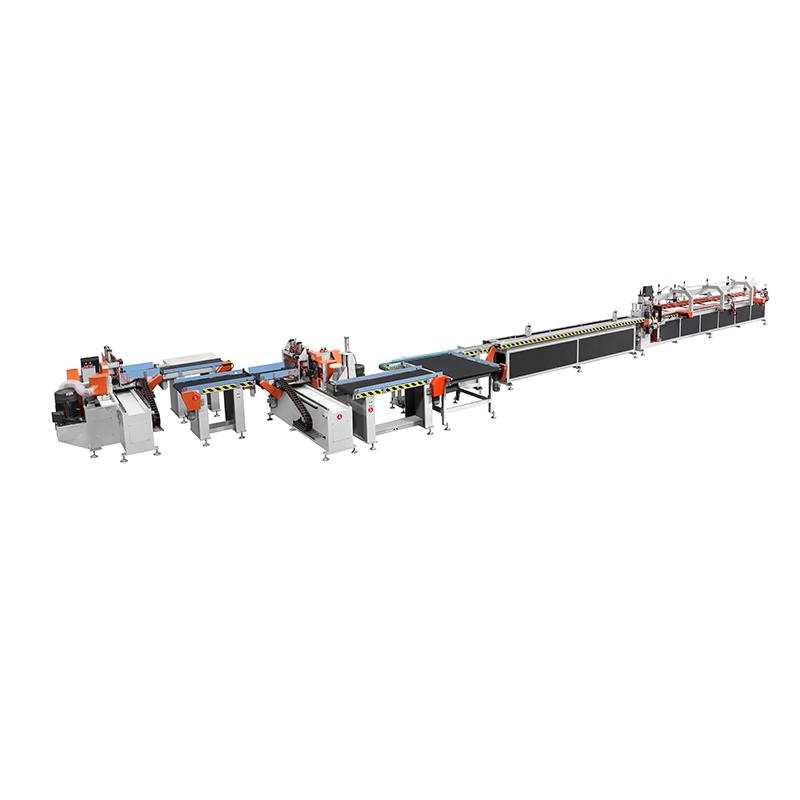A Finger Joint Machine is an advanced woodworking machine designed to join wooden pieces with interlocking finger-shaped cuts. This type of connection is widely recognized for its durability and strength, making it a preferred method in furniture making, door production, flooring, and panel manufacturing. By automating the process, the machine guarantees precision and saves time compared to manual methods.
The process works by cutting complementary finger profiles into the ends of boards. When glued and pressed, these fingers fit tightly together, creating a strong bond with a large adhesive surface. This ensures the joint can withstand stress better than traditional end-to-end connections.
There are different machine models, including single-end and double-end types. Single-end machines handle one side at a time, while double-end machines cut both sides simultaneously, offering higher efficiency for mass production. Many advanced machines also include automatic feeding systems, computer controls, and sharp cutting blades for consistent performance.
One of the main advantages of using a finger joint machine is its ability to transform short or leftover wood pieces into longer, valuable boards. This not only reduces material waste but also lowers costs, making it an economical and eco-friendly solution for woodworking companies.



